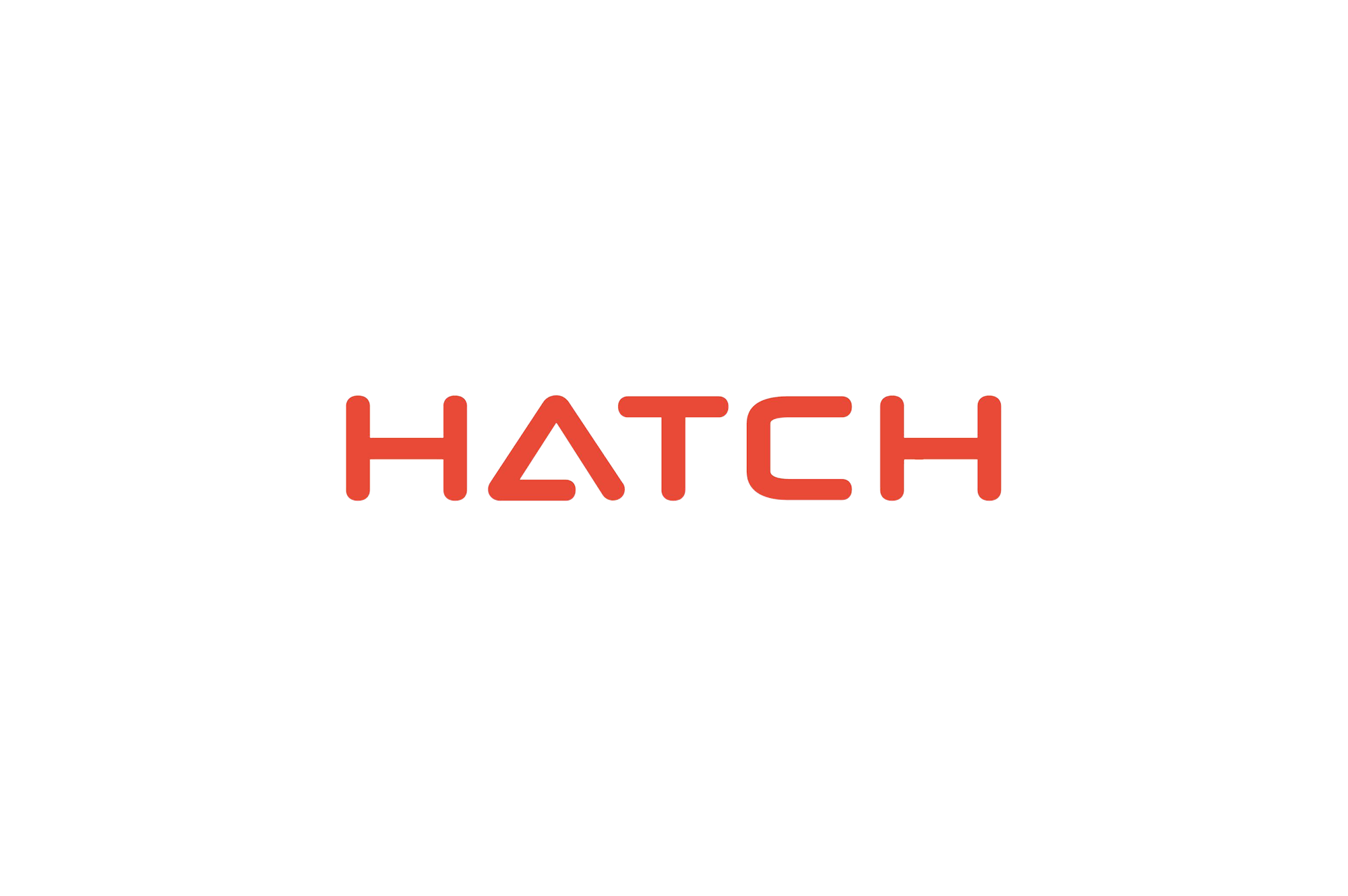
This is the sixth of a series on academia that focuses on the significant challenges—and opportunities—faced by post-secondary institutions due to COVID-19.
Like many things that have altered course due to COVID-19, the pandemic forced most academic institutions to evaluate how they deliver content to their students. While there are many online learning methods, here is an outline of some of the most popular types of learning.
This type of learning happens online with content delivered in real time. A Zoom meeting held by a professor and attended by students is a perfect example of synchronous learning. In addition to video conferencing, synchronous learning also includes teleconferencing, live chatting and live-streaming lectures.
This type of learning provides students with a dynamic learning opportunity and works well for learners who like active discussion and immediate feedback.
This type of learning is self-paced, allowing students to work within their own schedule, often within a given timeframe. Materials are provided for instruction and may include self-guided modules, streaming video content, posted lecture notes and slides, discussion forums and virtual libraries.
Because students learn the same material at different times and locations, this type of learning gives the students the flexibility of working when and where they’re able, adopting their own pace through the course materials.
This type of learning is referred to as independent learning and is the learning method most often seen in post-graduate programs where learners are connected to advisors.
Often, when an academic institution considers taking their courses online, both faculty and students worry they’ll be adopting a model where students work independently through the materials with very little contact with faculty. While this model works for some, most educational institutions lean toward a hybrid model.
As its name implies, hybrid learning is a combination of learning types and may even involve face-to-face learning environments, as well as synchronous and asynchronous learning.
The reality is that teaching and learning online usually happen along a spectrum—seldom is it completely asynchronous or synchronous. Is there a specific part of the course that is best deployed in an online environment where everyone is participating in real time? Or are parts of the course better served if students tackle them independently as self-directed learning? This is where the hybrid model comes in.
Want to know more about how our digital knowledge solutions can create a competitive advantage? Connect with one of our experts today to learn more.
We develop digital knowledge solutions. Our team makes heroes of learning and development professionals. We improve workspace experience (and lives) across the globe, with better learning.




















